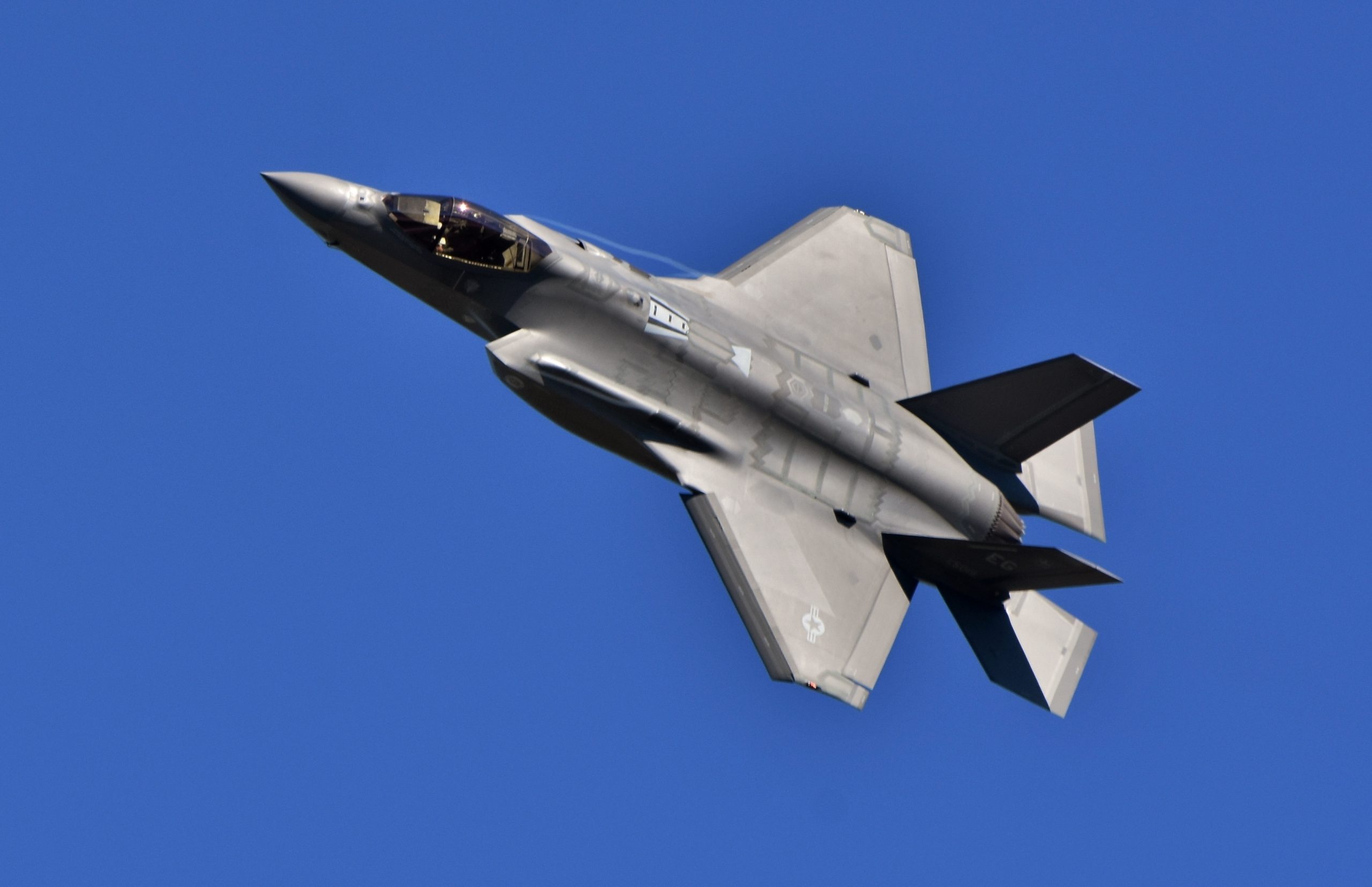
ARE MANNED FIGHTERS REALLY REDUNDANT

The widespread combat employment of drones in the Ukraine war has caught the technology driven imagination in many quarters. Coupled with the less-than-optimal employment of air power by the Russian military despite a potent Air Force, has led to a giddy-headed narrative that the days of manned fighters are over. Ukraine’s warfighting includes a wide range of military and tech support from vested nations, international military industries, civilian players contributing cost-effective and innovative tactical solutions, and of course the multi-billionaire, Spacex founder, and pioneer of disruptive technology – Elon Musk. His assertion, that ‘locally autonomous drone warfare is where it’s at’ and that ‘the fighter jet era has passed’ in an air warfare symposium in 2020, is hardly original as the manned-unmanned debate has been going on for decades.[1]
Musk has pointedly criticised the software expensive F 35 Joint Strike Fighter with his condescending remark ‘some idiots are still building manned fighter jets like the F-35’ needs to be seen in a wider perspective. Slated to head The US President Donald Trump’s Department of Government Efficiency, he wants to make savings of $2 trillion dollars, and his signalling has caused concern amongst the US defence industry as his tweets brought down the share prices of the makers Lockheed Martin by more than three per cent.[2] Notwithstanding his path breaking achievements in the space domain and future vision, his views on future of air warfare are over simplistic and underscores his naivety in matters of the complex dynamics that drives geo-politics, international conflicts and the business of warfare.
The criticality of air power in current and future warfare is not only a given, but it will also continue to do so in the foreseeable future as the aerial domain not only overarches the surface domains, but it also enables application of force by vertical envelopment. While land and sea powers are constrained by the limitations of surface traction, air power’s unique ability to transcend distances, terrain, and obstacles, with speed, reach and concentrated application of force, continues to make it indispensable for a nation’s security. Manned fighters and bombers have traditionally been the instruments to leverage the significant offensive capability enabled by air power’s unique advantages. Today, contemporary conflicts have expanded air power’s offensive repertoire with the inclusion of unmanned aircraft systems, combat drones, rockets and missiles, which has created a dangerous narrative of redundancy of manned fighters.
Dangerous because of two reasons – it seeks to ignore the fact that while the unmanned capabilities are certainly on the increase, they are still a long way off from achieving capabilities that advanced generation multi-role fighters bring to the table. In the effort to make them cost effective, there is a fine balance between how much technology you can pack into an unmanned system and the roles it is expected to perform. Offensive targeting deep inside enemy territory is a different kettle of fish from limited role missions that the most advanced battlefield drones are currently undertaking. The other key issue is that all leading powers have large fleets of manned offensive platforms that play a major role in their respective national interests. From conventional deterrence and air defence of sovereign airspaces, to punitive and coercive offensive capabilities, manned fighters remain an integral part of military capabilities that contributes to a nation’s security strategy and foreign policy. It is a long way before unmanned systems achieve proven capabilities that entirely replace the wide spectrum of roles that manned fighters bring to the table of combat air power.
Make no mistake on the fact that unmanned systems are not only here to stay, but they will also play an ever-increasing role in future premises of air power employment. Advances in unmanned technology has brought the future of manned platforms into focus. Will the crewed platform be an actual fighter plane or an advanced command center for the Unarmed Combat Aerial Vehicles? Will they replace manned fighter aircraft in main air-to-air and air-to-ground combat missions?[3] Future surface tactical battle spaces will see high-density of aerial congestion given the expanded roles, ranging from intelligence, surveillance and reconnaissance to suicide attacks against combat assets and personnel, that the democratization of drone usage has enabled. However, complex combat missions where mass, concentration, precision, lethal destructive capabilities needed to produce strategic outcomes in support a nation’s war aims, is a major area that manned fighters will continue to play an important role in the foreseeable future. One has only to compare the tactical and strategic outcomes of the 200-missile strike by Iran on Israel on October 01, 2024, and the latter’s retaliatory air strike involving over 100 manned aircraft on October 26, 2024.
In the future, to attack a technology adept adversary’s tactical and strategic target in depth will need penetration of agile, integrated, area and access denial air defence architectures, as well as advanced and accurate target destruction capabilities. Targeting of a technologically advanced adversary will need future relevant denial and defeat technologies including tactics and procedures which are agile, flexible, and adaptive. Are unmanned and autonomous aerial systems truly the future? Today there are already sophisticated technologies that include missile defence systems, sentry systems and loiter weapons, which autonomously detect and engage targets and issue warnings.[4] Full autonomy could see major advances achieved in artificial intelligence, swarming, hypersonic weapons, directed-energy weapons, etc, that would make battlefields become so complex and astonishingly fast that they will surpass human capacity to manage them effectively, thus leading the bulk of decisions to be taken by AI.[5] The sobering fact is that the limits of the human capacity and the moral challenge of ceding total control to machines over human life and death, will define the boundaries unmanned warfare and also the level of control human beings are willing to delegate to machines. Given the proclivity of the human race towards violence in matters of politics and power, and of insular national interests of a state in international relations, the possibility of the human mind allowing full autonomy to aerial lethal autonomous weapon systems in the future, appears unlikely.
From a military perspective, while a combat aviator’s life is certainly precious, and no more or less than that of any soldier or a sailor, the risk to life is a professional hazard. Hence, the argument that unmanned systems are necessary to reduce risk to human lives and hence manned fighters are redundant, defies logic as wars continue unabated and lives continue to be lost. On the issue of increasing costs of hi-tech future-gen manned fighters, they will continue to play an important role in a nation’s military instrument of power, as will futuristic armoured vehicles, advanced missiles, or aircraft carriers.
The blurring between conventional, hybrid, grey zone and the no-war-no-peace realms of conflict has made ‘the war God’s face indistinct’[6], and hence future militaries will have to cater for the entire spectrum of warfare, necessitating a wide range of weapon systems. The increasing range of military options provided by the exploitation of the aerial domain in contemporary conflicts due to its rapid adaptation of technology, tailored to conflict dynamics, has made air power a sine qua non of modern warfare. If anything, manned fighters will not only continue to play a significant role in contemporary conflicts, but the fact that they will in all probability continue to do so in the future wars, is driving all major nations to invest in future generation fighters despite costs.
The fourth largest and a professionally capable Indian Air Force contributes immensely to the conventional deterrence with the offensive capabilities of its manned fighter fleet. It also plays an equally important peace-time role in ensure the air defence of the nation’s humongous volume of sovereign airspace over land and sea. To even remotely consider that India’s future wars can be fought and won without aggressive employment of manned offensive air power, whether over land or sea, would be fatalis vitium. Considering the hostile and threat intensive neighbourhood India has, its air power capabilities and capacities will need rapid expansion. Not only to fill the critical inventory voids, but also to widen its offensive basket with future capable manned-unmanned platforms, combat systems, and weapons, in order to counter the threat posed by its two adversaries with increasingly capable and strong air forces.
As long as human life remains expendable in the larger interests of nation states, wars and conflicts will continue. At the same time, given the collective aspirations of its citizens and their security needs, nations will continue to be constrained in balancing economic growth with military spending. From a security perspective, none can afford to retire their manned fighter inventories for unmanned platforms which are still nascent in their capabilities. Not just India, but all leading powers will continue to employ manned platforms in combat, while expanding their air power capabilities to include unmanned systems in larger numbers alongside. Sorry Mr Musk, manned fighters ain’t goin’ away yet!
[1] https://www.defensenews.com/digital-show-dailies/air-warfare-symposium/2020/02/28/spacex-founder-tells-the-air-force-the-era-of-fighter-jets-is-ending/
[2] https://www.forbes.com/sites/davidhambling/2024/11/26/elon-musk-calls-f-35-builders-idiots-favors-drone-swarms/
[3] Javier Jordan, The Future of Unmanned Combat Aerial Vehicles: An Analysis Using the Three Horizons Framework, Science Digest, December 2021, https://www.sciencedirect.com/science/article/pii/S0016328721001579
[4] https://disarmament.unoda.org/the-convention-on-certain-conventional-weapons/background-on-laws-in-the-ccw/
[5] Jordan, Ibid
[6] Qiao Liang and Wang Xiangsui, ‘Unrestricted Warfare’, PLA Literature and Arts Publishing House, Beijing, Feb 1999, p. 36, Accessed on 20 Sep 2024
Disclaimer
The opinions expressed in this article are the author’s own and do not reflect the views of Chanakya Forum. All information provided in this article including timeliness, completeness, accuracy, suitability or validity of information referenced therein, is the sole responsibility of the author. www.chanakyaforum.com does not assume any responsibility for the same.
Chanakya Forum is now on . Click here to join our channel (@ChanakyaForum) and stay updated with the latest headlines and articles.
Important
We work round the clock to bring you the finest articles and updates from around the world. There is a team that works tirelessly to ensure that you have a seamless reading experience. But all this costs money. Please support us so that we keep doing what we do best. Happy Reading
Support Us



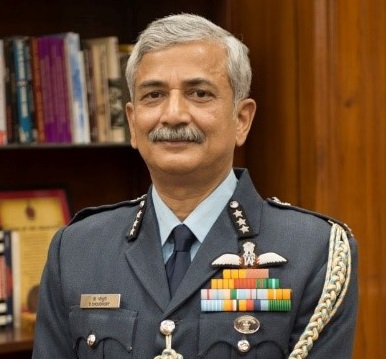

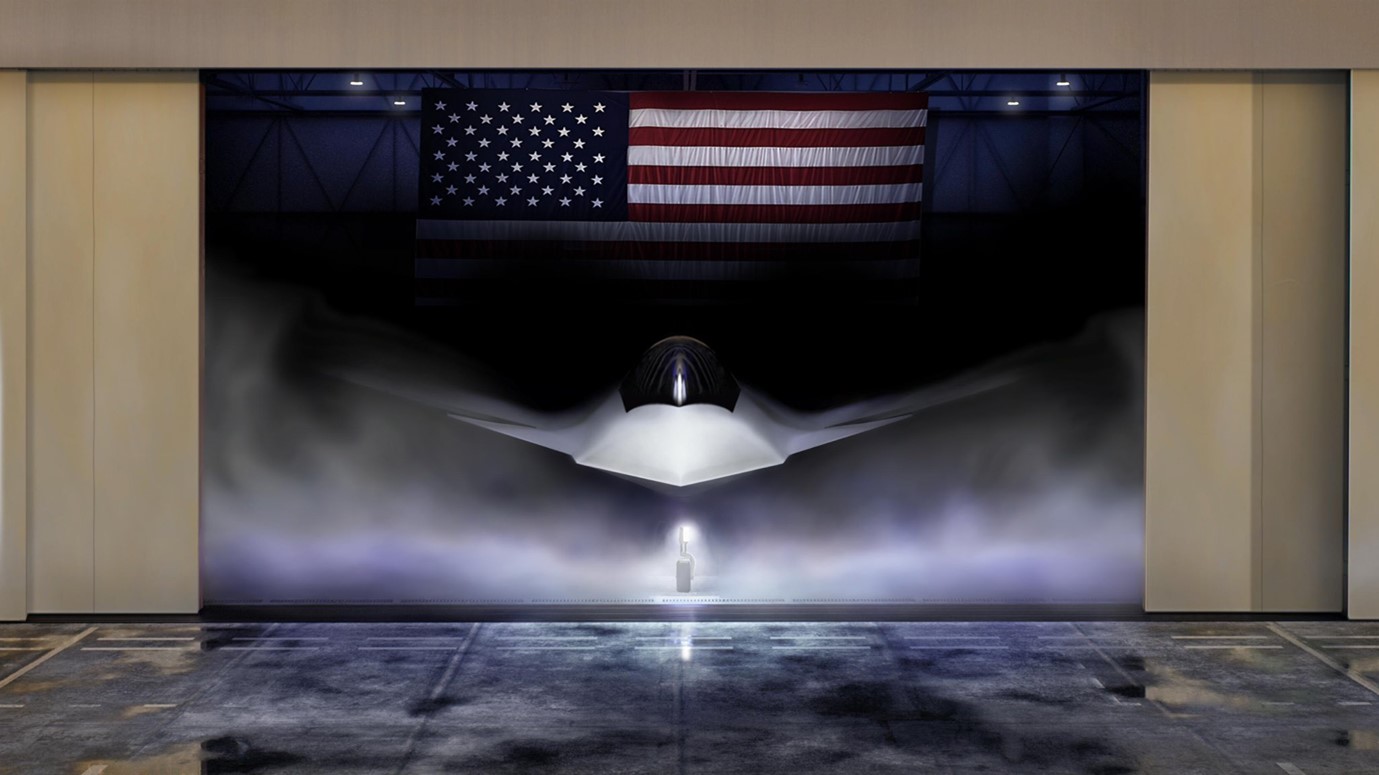
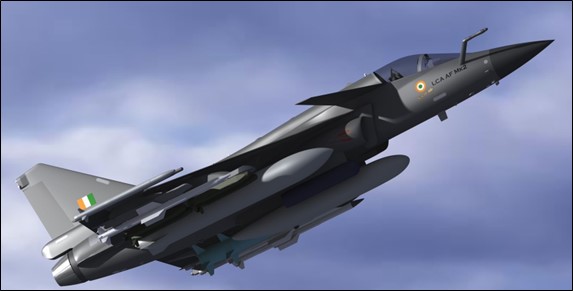
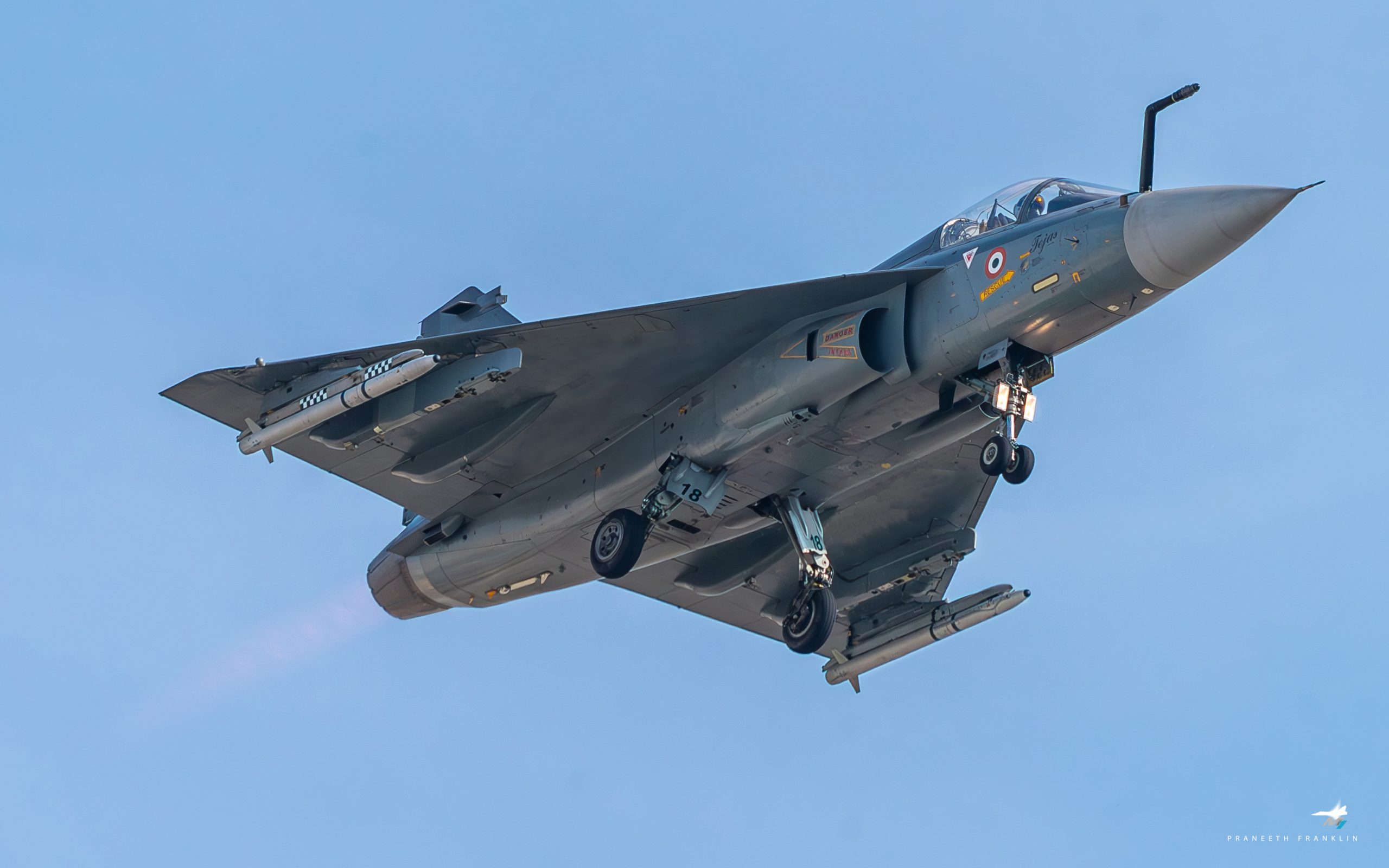
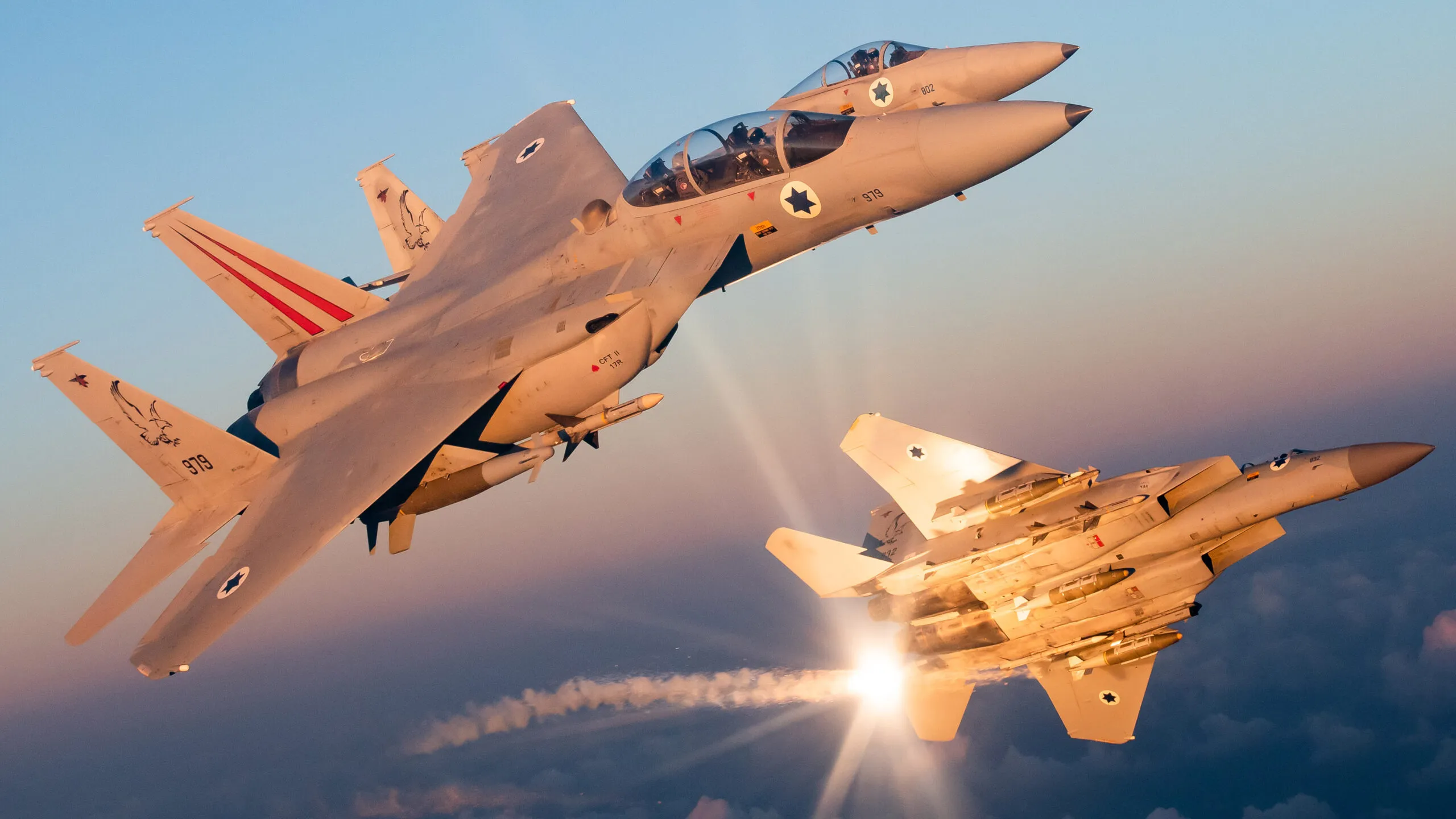



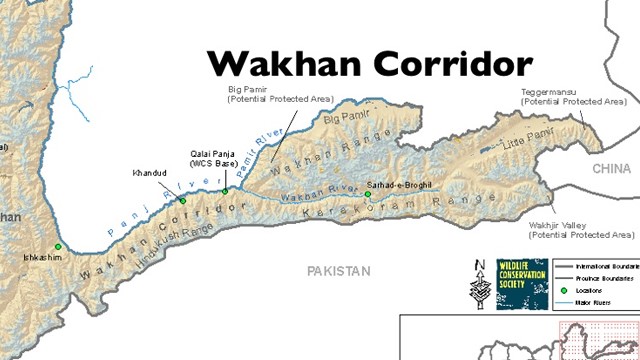


POST COMMENTS (0)